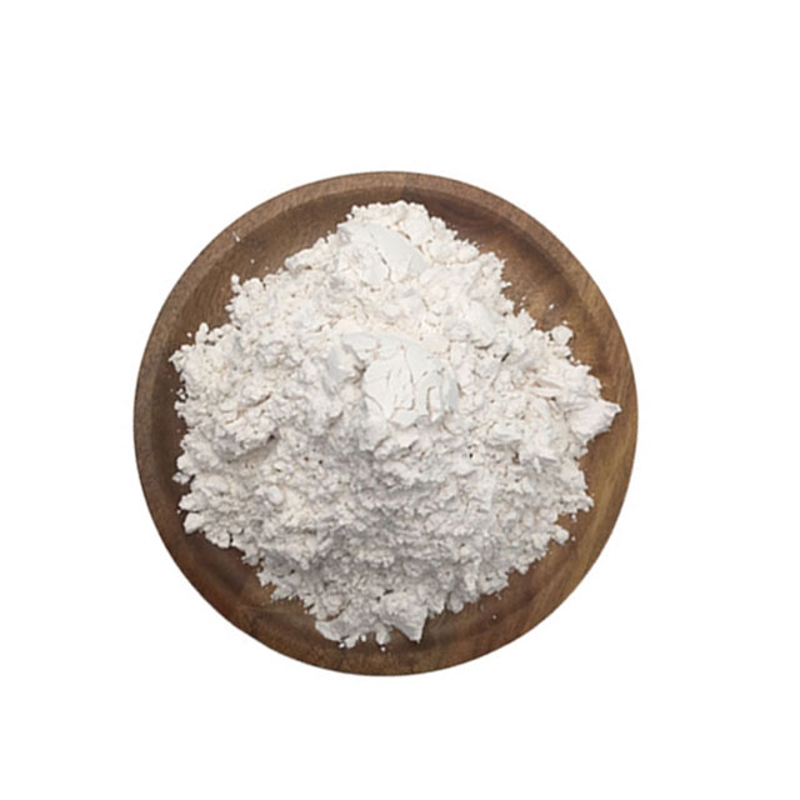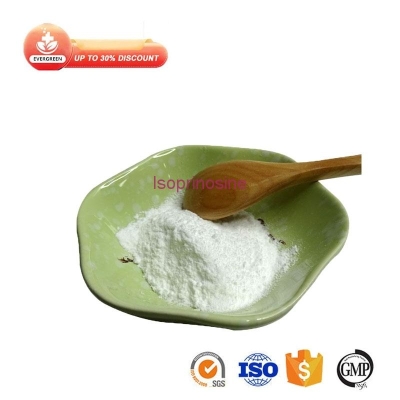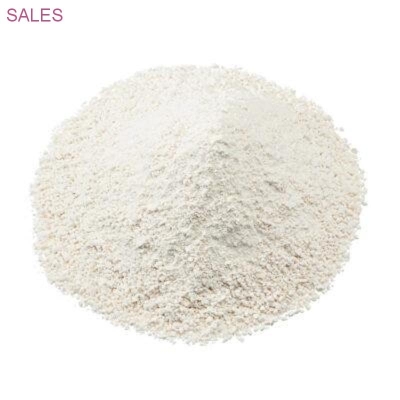-
Categories
-
Pharmaceutical Intermediates
-
Active Pharmaceutical Ingredients
-
Food Additives
- Industrial Coatings
- Agrochemicals
- Dyes and Pigments
- Surfactant
- Flavors and Fragrances
- Chemical Reagents
- Catalyst and Auxiliary
- Natural Products
- Inorganic Chemistry
-
Organic Chemistry
-
Biochemical Engineering
- Analytical Chemistry
- Cosmetic Ingredient
-
Pharmaceutical Intermediates
Promotion
ECHEMI Mall
Wholesale
Weekly Price
Exhibition
News
-
Trade Service
Hyperuricemia and gout are inseparable
Regarding this issue, the "American Association of Physicians Clinical Practice Guidelines : Management of Acute and Recurrent Gout " published in 2017 believes that most patients with gout for the first time, or patients with infrequent gout attacks, do not recommend long-term uric acid-lowering therapy
Since there is no need to pursue the blind reduction of uric acid levels, is there a definite "uric acid red line" to guide the uric acid control drug regimen to reduce gout attacks?
1
How much uric acid to control
Can reduce gout attacks?
Recently, a study published in The Lancet Rheumatology (The Lancet Rheumatology) gives the answer
Image source: Screenshot of the official website of The Lancet Rheumatology
1.
The researchers analyzed individual patient-level data from two randomized trials of uric acid lowering in Nottingham, UK and New Zealand:
New Zealand trial: a total of 71 participants, with an average age of 60.
Nottingham Trial: 517 participants, mean age 62.
All patients in the New Zealand trial and 441 patients in the Nottingham trial completed all 24 months of follow-up
2.
Main results: Serum uric acid responders had significantly fewer gout flares than serum uric acid non-responders between 12 and 24 months—91 of 343 (27%) vs 156 of 245 (64%); p <0.
Secondary Outcomes: Between 12 and 24 months, the mean number of episodes per month in serum uric acid responders was significantly lower than in serum uric acid non-responders (p<0.
Therefore, this study concluded that achieving a mean serum uric acid concentration below 6 mg/dl (<360 μmol/L) was associated with no gout flare and a reduction in the number of gout flares in the 12-month period thereafter
2
Recommendations for gout management in my country
From the above, in the management of gout, targeting serum uric acid level below 360 μmol/L can significantly reduce the number of gout attacks
The guidelines believe that hyperuricemia and gout are systemic diseases involving multiple systems.
1.
1) Control your weight and exercise regularly;
2) Limit the intake of alcohol and foods high in purine and fructose;
3) Encouraging the intake of dairy products and fresh vegetables and drinking water in moderation;
4) The intake of soy products (such as tofu) is not recommended or restricted
Hyperuricemia and gout are inseparable
Regarding this issue, the "American Association of Physicians Clinical Practice Guidelines : Management of Acute and Recurrent Gout " published in 2017 believes that most patients with gout for the first time, or patients with infrequent gout attacks, do not recommend long-term uric acid-lowering therapy
.
.
Since there is no need to pursue the blind reduction of uric acid levels, is there a definite "uric acid red line" to guide the uric acid control drug regimen to reduce gout attacks?
1
1How much uric acid to control
How much uric acid to controlCan reduce gout attacks?
Can reduce gout attacks?
Recently, a study published in The Lancet Rheumatology (The Lancet Rheumatology) gives the answer
.
The article pointed out that when the serum uric acid concentration continued to average < 360 μmol/L, it could effectively reduce the risk of gout attacks in the following 1 year and reduce the number of attacks
.
With or without symptoms, it is very important for patients with gout to achieve uric acid control
.
.
With or without symptoms, it is very important for patients with gout to achieve uric acid control
.
Image source: Screenshot of the official website of The Lancet Rheumatology
1.
Research population and methods:
Research population and methods:
The researchers analyzed individual patient-level data from two randomized trials of uric acid lowering in Nottingham, UK and New Zealand:
New Zealand trial: a total of 71 participants, with an average age of 60.
1 years;
Nottingham Trial: 517 participants, mean age 62.
9 years
.
All patients in the New Zealand trial and 441 patients in the Nottingham trial completed all 24 months of follow-up
.
Patients with a mean serum uric acid concentration <360 μmol/L after treatment were defined as serum uric acid responders based on data at 6, 9, and 12 months after baseline
.
2.
Research results
Research results
Main results: Serum uric acid responders had significantly fewer gout flares than serum uric acid non-responders between 12 and 24 months—91 of 343 (27%) vs 156 of 245 (64%); p <0.
0001
.
Secondary Outcomes: Between 12 and 24 months, the mean number of episodes per month in serum uric acid responders was significantly lower than in serum uric acid non-responders (p<0.
0001)
.
This association was independent of the initial randomized treatment assignment
.
Therefore, this study concluded that achieving a mean serum uric acid concentration below 6 mg/dl (<360 μmol/L) was associated with no gout flare and a reduction in the number of gout flares in the 12-month period thereafter
.
2
2Recommendations for gout management in my country
Recommendations for gout management in my country
From the above, in the management of gout, targeting serum uric acid level below 360 μmol/L can significantly reduce the number of gout attacks
.
What is exciting is that this treatment goal is consistent with the uric acid control goal for gout patients in the "China Guidelines for Diagnosis and Treatment of Hyperuricemia and Gout (2019)" released by China in 2019!
The guidelines believe that hyperuricemia and gout are systemic diseases involving multiple systems.
In addition to uric acid control, patients should also pay attention to many aspects.
The recommendations are as follows:
1.
All hyperuricemia and gout patients need to maintain a healthy life>
All hyperuricemia and gout patients need to maintain a healthy life> 1.
All hyperuricemia and gout patients need to maintain a healthy life>
1) Control your weight and exercise regularly;
2) Limit the intake of alcohol and foods high in purine and fructose;
3) Encouraging the intake of dairy products and fresh vegetables and drinking water in moderation;
4) The intake of soy products (such as tofu) is not recommended or restricted
.
2.
Continue to pay attention to the influencing factors of serum uric acid level
Continue to pay attention to the influencing factors of serum uric acid level 2.
Continue to pay attention to the influencing factors of serum uric acid level
Always control serum uric acid levels within the target range: 240-420 μmol/L, and may take uric acid-lowering drugs for a long time or even life for this purpose
.
3.
Understand the possible hazards of disease
Understand the possible harms of the disease 3.
Understand the possible harms of the disease
Regular screening and monitoring of target organ damage and timely treatment of related complications, in order to early detection and early treatment, improve the overall prognosis of patients
.
4.
Timing and control goals of initiating urate-lowering drug therapy in gout patients
Timing and control goals of initiating uric acid-lowering drug therapy in gout patients 4.
Timing and control goals of initiating uric acid-lowering drug therapy in gout patients
-
For gout patients, when serum uric acid is ≥480 μmol/L, it is recommended to start uric acid-lowering drug therapy;
-
Serum uric acid ≥ 420 μmol/L and any of the following conditions, start uric acid-lowering drug therapy: gout attacks ≥ 2 times/year, tophi, chronic gouty arthritis, kidney stones, chronic kidney disease, hypertension , Diabetes , dyslipidemia, stroke , ischemic heart disease, heart failure and age of onset <40 years;
-
It is recommended to start uric acid-lowering drug treatment 2 to 4 weeks after the acute attack of gout is completely relieved.
For patients with acute gout attack who are taking uric acid-lowering drugs, it is not recommended to stop uric acid-lowering drugs; -
It is recommended that patients with gout control serum uric acid <360 μmol/L, and when one of the above conditions is combined, control serum uric acid level <300 μmol/L;
-
Long-term control of serum uric acid below 180 μmol/L is not recommended
.
For gout patients, when serum uric acid is ≥480 μmol/L, it is recommended to start uric acid-lowering drug therapy;
For gout patients, when serum uric acid is ≥480 μmol/L, it is recommended to start uric acid-lowering drug therapy;
Serum uric acid ≥ 420 μmol/L and any of the following conditions, start uric acid-lowering drug therapy: gout attacks ≥ 2 times/year, tophi, chronic gouty arthritis, kidney stones, chronic kidney disease, hypertension , Diabetes , dyslipidemia, stroke , ischemic heart disease, heart failure and age of onset <40 years;
Serum uric acid ≥ 420 μmol/L and any of the following conditions, start uric acid-lowering drug therapy: gout attacks ≥ 2 times/year, tophi, chronic gouty arthritis, kidney stones, chronic kidney disease, hypertension , Diabetes , dyslipidemia, stroke , ischemic heart disease, heart failure and age of onset <40 years;
hypertension diabetes strokeIt is recommended to start uric acid-lowering drug treatment 2 to 4 weeks after the acute attack of gout is completely relieved.
For patients with acute gout attack who are taking uric acid-lowering drugs, it is not recommended to stop uric acid-lowering drugs;
It is recommended to start uric acid-lowering drug treatment 2 to 4 weeks after the acute attack of gout is completely relieved.
For patients with acute gout attack who are taking uric acid-lowering drugs, it is not recommended to stop uric acid-lowering drugs;
It is recommended that patients with gout control serum uric acid <360 μmol/L, and when one of the above conditions is combined, control serum uric acid level <300 μmol/L;
It is recommended that patients with gout control serum uric acid <360 μmol/L, and when one of the above conditions is combined, control serum uric acid level <300 μmol/L;
Long-term control of serum uric acid below 180 μmol/L is not recommended
.
Long-term control of serum uric acid below 180 μmol/L is not recommended
.
references:
[1] Lisa K Stamp, Christopher Frampton, JasvinderA Singh, et al.
, (2021).
Association between serum urate and flares in people with gout and evidence for surrogate status: a secondary analysis of tworandomised controlled trials.
The Lancet Rheumatology.
DOI: https://doi.
org/10.
1016/S2665-9913(21)00319-2
[2] Endocrinology Branch of Chinese Medical Association.
Guidelines for the diagnosis and treatment of hyperuricemia and gout in China (2019).
Chinese Journal of Endocrinology and Metabolism [J].
2020, 01(36): 1-13.
▲Swipe up and down to view▼
Recommended in the past
Recommended in the past Recommended in the past1.
5%-10% of B27-negative patients are diagnosed with ankylosing spondylitis
5%-10% of B27-negative patients are diagnosed with ankylosing spondylitis 5%-10% of B27-negative patients are diagnosed with ankylosing spondylitis
2.
Answers to common medication questions for ankylosing spondylitis
Answers to common medication problems for ankylosing spondylitis
3.
Is the gout attack ineffective in the process of lowering uric acid? The most complete diagnosis and treatment plan is here, hurry up and collect it!
Is the gout attack ineffective in the process of lowering uric acid? The most complete diagnosis and treatment plan is here, hurry up and collect it! Is the gout attack ineffective during the process of lowering uric acid? The most complete diagnosis and treatment plan is here, hurry up and collect it!
4.
[Case Interpretation ] What should I do if the tophi ruptures?
[Case Interpretation ] What should I do if the tophi ruptures? [Case interpretation
in this message







